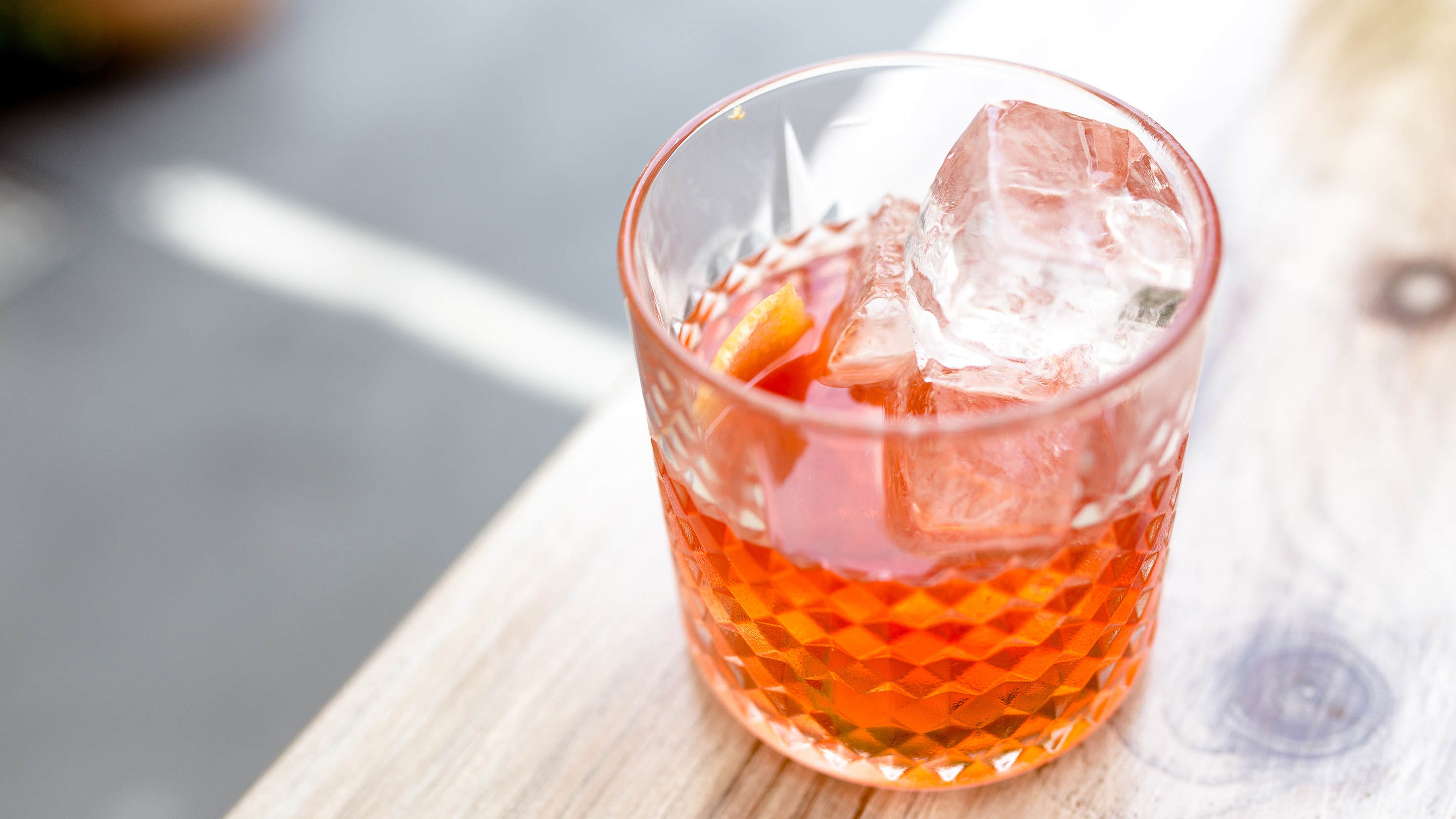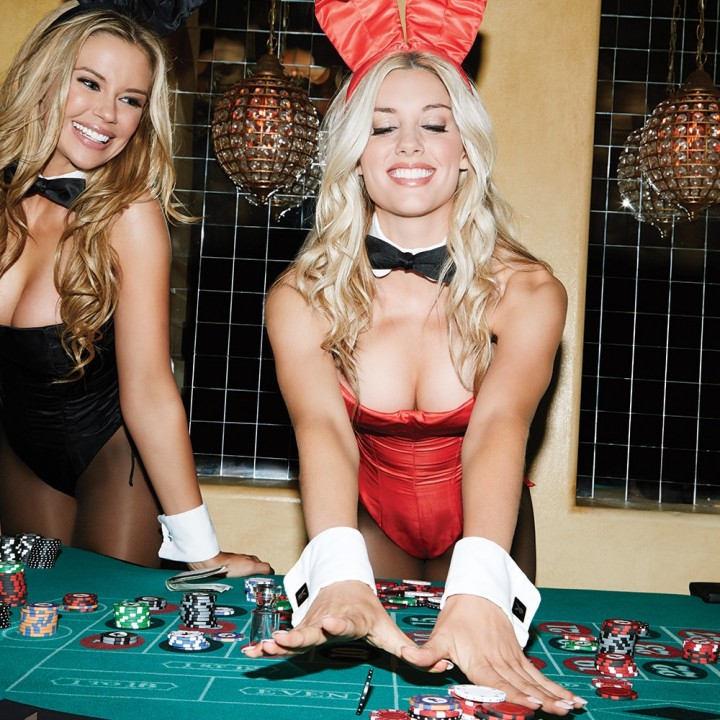
The Playbook: How to Drink Whiskey With Young Kim
Young Kim is a whiskey sommelier who presides over the 1,200 bottles of brown stuff at the Flatiron Room in New York. Her favorite cocktail is an Old Fashioned, but keep maraschino cherries away from her. Between teaching a whiskey tasting class and evening service, Kim sat down with Playboy to talk whiskey no-nos.
What are the most common mistakes people make when ordering whiskey?
Like calling your girlfriend by your ex’s name, nomenclature is often the thing that trips patrons up. “Some people,” Kim says, “might come in and say, ‘Hey, can I have a Japanese Scotch?’” With so many different types of whiskey, it’s easy to get terminology confused. So, the basics: Whiskey (or whisky, as it is spelled in Japan and Scotland, where the country’s legendary frugality extends to vowel usage) is an umbrella term that covers spirits made from grain that are fermented and distilled. “Scotch whisky, single malt whisky, Japanese whisky, bourbon, rye. It’s all whiskey.” It has to be bottled at over 40-percent alcohol by volume in the United States and Scotland, Kim explains, but the grain is the thing. “Barley, corn, wheat. There’s a rice whisky in Japan.” The word itself comes from uisce beatha, which means “water of life” in Irish. Stay hydrated, folks, it’s good for the skin.
The Playbook: Finding the Perfect Cut of Meat With Lena Diaz
The Meat Mayor of Fort Greene explains how to pick the best






